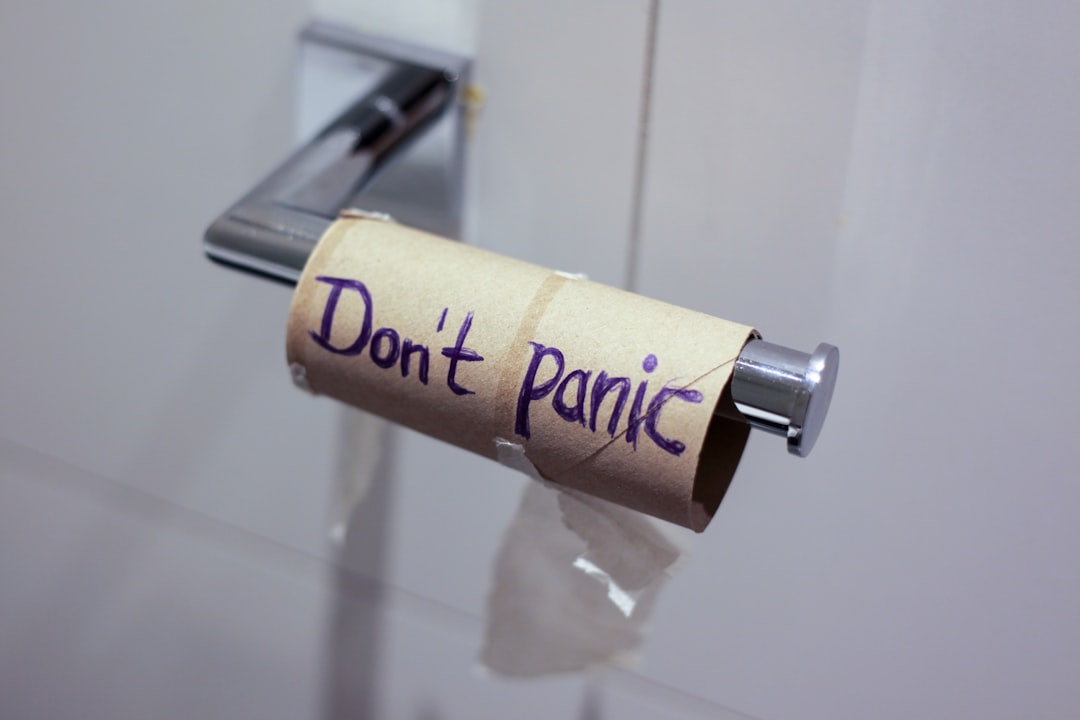Context Collapse:🤢 LOLOL Social Media Is Awful For Advertisers. What Now?
Here we are, after the dumbest gold rush: CC #233
In this issue: I get cranky about the state of social media advertising in 2023 + how advertisers sleep on direct mail and OOH and email marketing + offer real-life action steps for calibrating your brand’s social media strategy.
Welcome to Context Collapse, the world’s best comms newsletter. I’m Neal Ungerleider. I run Ungerleider Works and used to work as a reporter for Fast Company, write op-eds for the LA Times, and work as a senior copywriter for R/GA. This newsletter helps readers navigate the weird new world of media and gleefully ignores all the conventional wisdom about journalism, public relations, marketing, and advertising.
Somewhere, right now, I promise you: An advertiser is screaming their lungs out about social media, kicking and screaming.
Here in 2023…
Twitter (X? Twitter/X?) has a CEO who transformed the automotive industry and space travel but has skipped out on colonizing Mars to shitpost like a friendless teenager and pick bizarre fights with the Anti-Defamation League.
Facebook keeps serving targeted ads to the wrong audiences while Instagram is filled with spam and users keep migrating to the less-advertising friendly WhatsApp.
TikTok basically has everyone under 30 and a lot of people over 30, but most brands and agencies suck at shortform video and seem to really like peeing their money away.
LinkedIn keeps chugging along as The Social Network It’s Okay To Browse At Work (TM), but with a relatively weak advertising presence because Microsoft is making plenty of money from LinkedIn’s subscription features.
There’s a big diaspora of social media users on a zillion smaller services from Pinterest to Mastodon to Threads.
In other words, the days of the comfortable Twitter-Facebook advertiser duopoly are long gone.
This is good! This is good for the public, good for advertisers, and good for platforms.
One of advertising’s dirty little secrets is this: Social Media Didn’t Replace Everything Else.
Display ads are still here. OOH (or billboards to normies and sane people everywhere) are still here. Television advertisements are here—and are merging with YouTube ads and ads on streaming platforms, which is something that’s fucking fascinating and that I’m going to write more about soon. Direct mail is still here. Email marketing is still here. Word of mouth is still here. Hell, Tupperware parties are still here.
So, does your company advertise on social media?
Good ol’ Neal’s action plan after the jump.
CLASSIFIED ADS
Your ad can be here!
Advertise with Context Collapse! Reach out for our rate card.
If my customers are on social media, but social media sucks, how do I work it into my marketing mix?
This is an important one. Your customers are on social media whether you’re a soft drink brand, a small direct-to-consumer startup or an accounting firm specializing in working with midsize businesses. But all three of them would be really screwed opting on a 100% social media or even a 75% social media approach.
The soft drink brand should be looking for a celebrity endorsement with some real-life activations and a Cannesbait campaign alongside social. Your direct-to-consumer clothing company should be buying email address lists for adjacent audiences from third parties and focusing on low-cost, lower-prestige, higher-reward venues like Amazon advertising or advertising in mobile apps. The accounting firm should really consider creating instructional YouTube videos and sponsoring industry events alongside social ad spend.
There’s no one-size-fits-all solution. Find the right one.
How do I step back and figure out WHO MY CUSTOMERS ARE?
Listen to your customers—and this doesn’t require you or your team to do surveys. I guarantee every brand and agency is sitting on a metric ton of customer insights that’s just… unstructured.
B2B companies: Go through your customers/clients’ email addresses and do a review of their domains. CPG companies: Do the deep dive into which stores in which ZIP codes sell your products like hotcakes. Amazon sellers: Do the math on what time of year generated the most sales for you.
Think like a detective. Find the gold.
Emphasize maximum returns.
Advertising (unless you’re at an agency working for a big brand who just wants to burn their budget and make their executives look good—which is a very large market segment!) is about one main goal: Spending money to increase name/image recognition in order to generate more revenue.
Structure all your digital and analog advertising with this goal.
Prestige advertising is great—most people want their company logo in Times Square or a Super Bowl advertisement for their corporation—but it doesn’t always generate the most revenue or sales.
Figure out the social media strategy that works for you.
One of the most dangerous social media strategies you can do is imitating your competitors. Don’t do that.
There are times when paid social advertising is like burning dollar bills over a ditch. There are times when any organic social content your brand may produce are so gdawful boring that paid reach is the only way to get eyes on it.
If you’re selling B2B services for the Salesforce ecosystem, cringey Zoomer-aimed 20 second clips at TikTok are probably a bad idea. If you’re selling vegan snacks, text-only tweets are probably a missed opportunity. If you’re promoting a trade show and de-emphasizing email in favor of Instagram, that’s pretty silly.
Use common sense, metrics and your existing success/fail record to guide you. You can do this.
What do you think? Am I on the money, too damn full of it or somewhere in-between?
Let ‘em rip in the comments.
-N.



